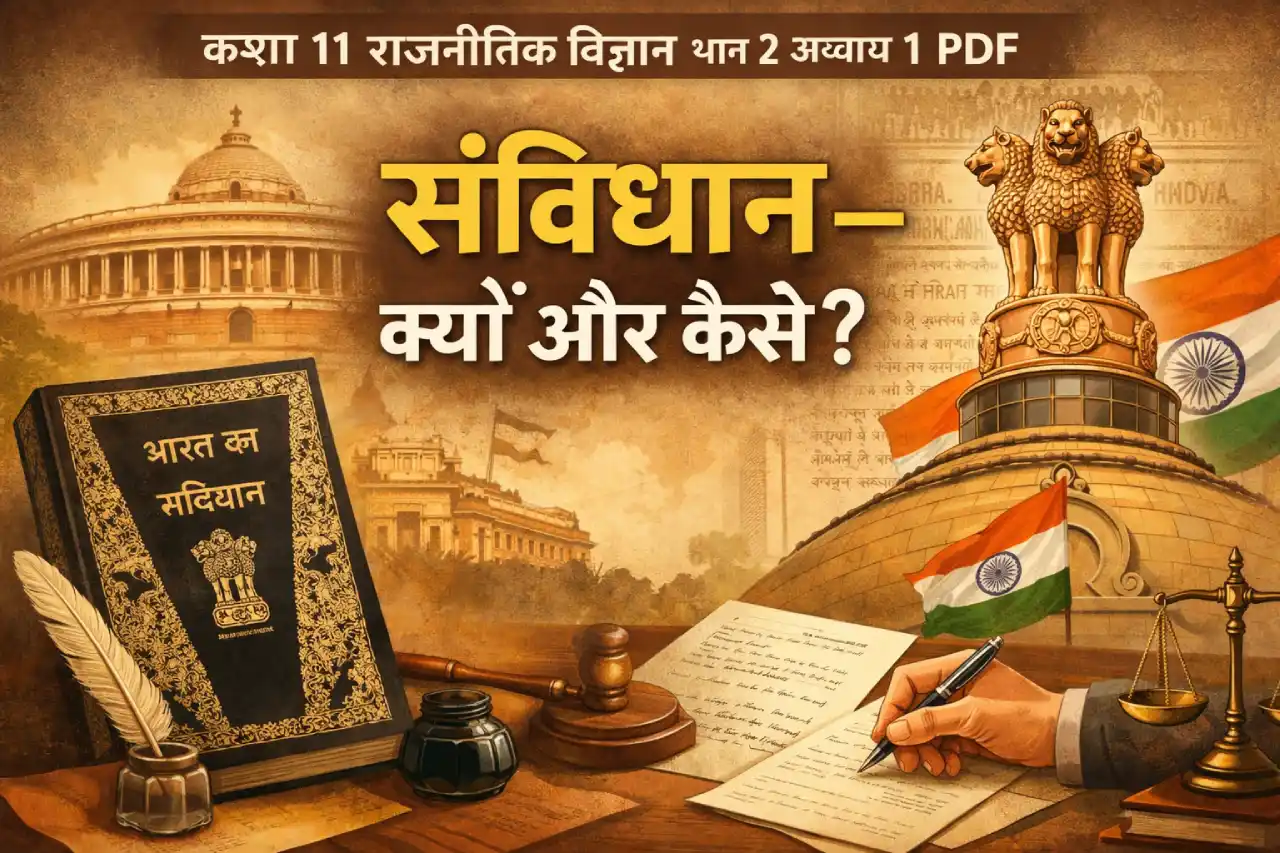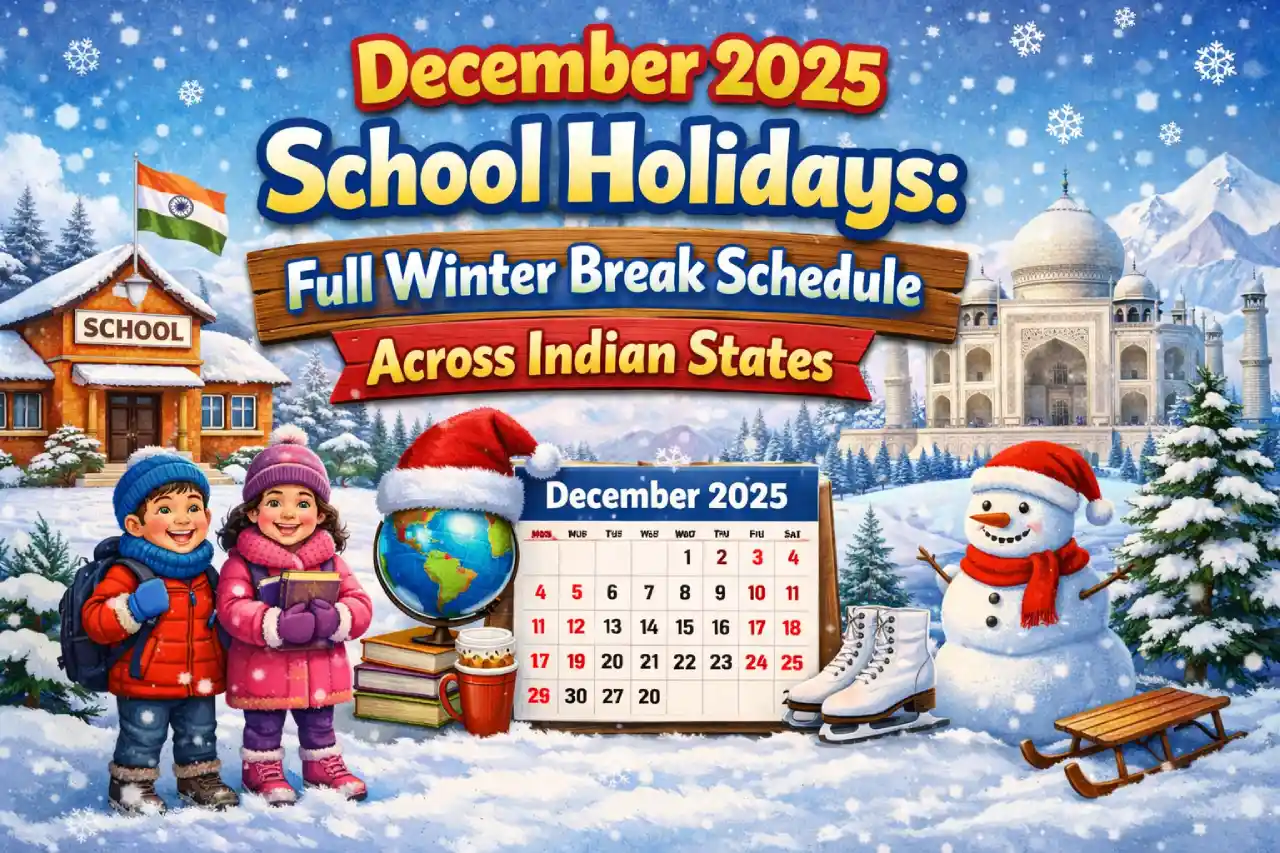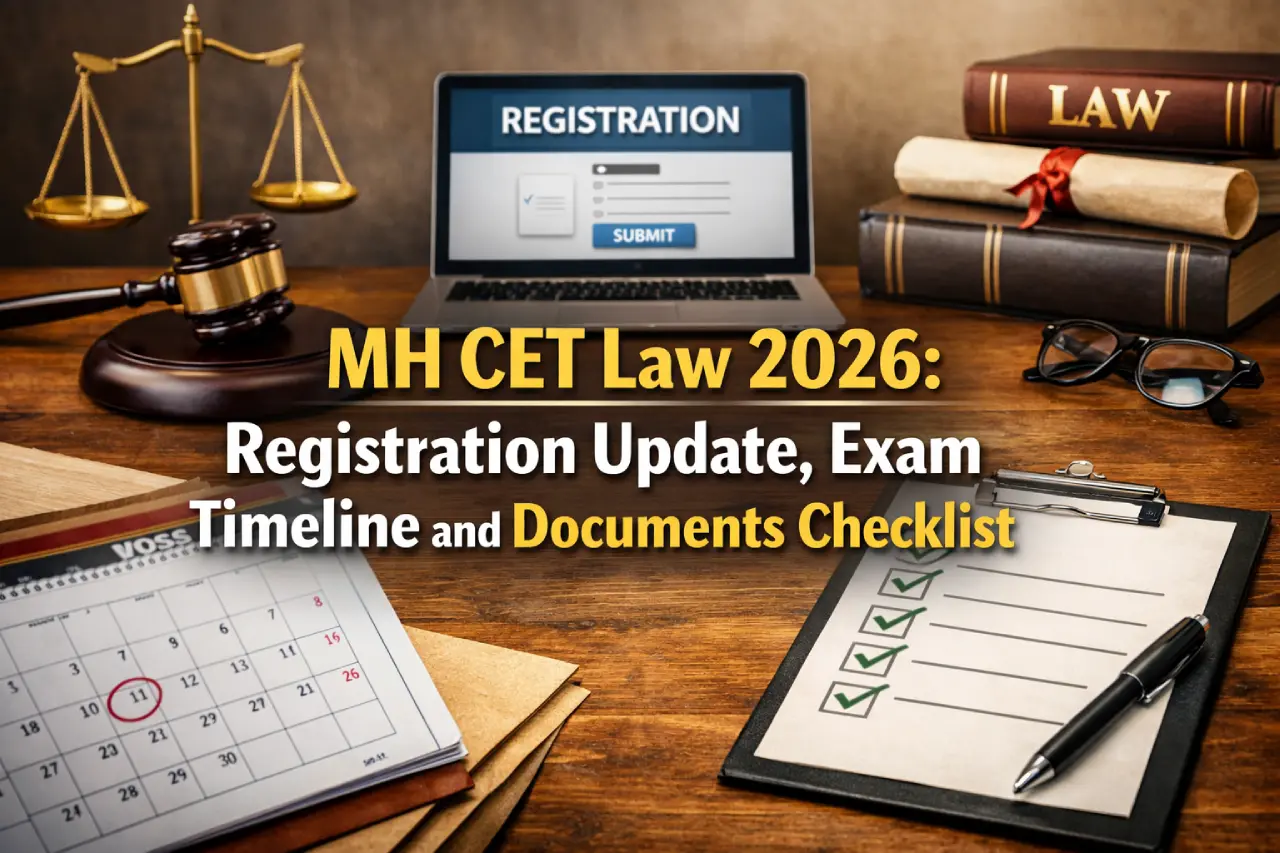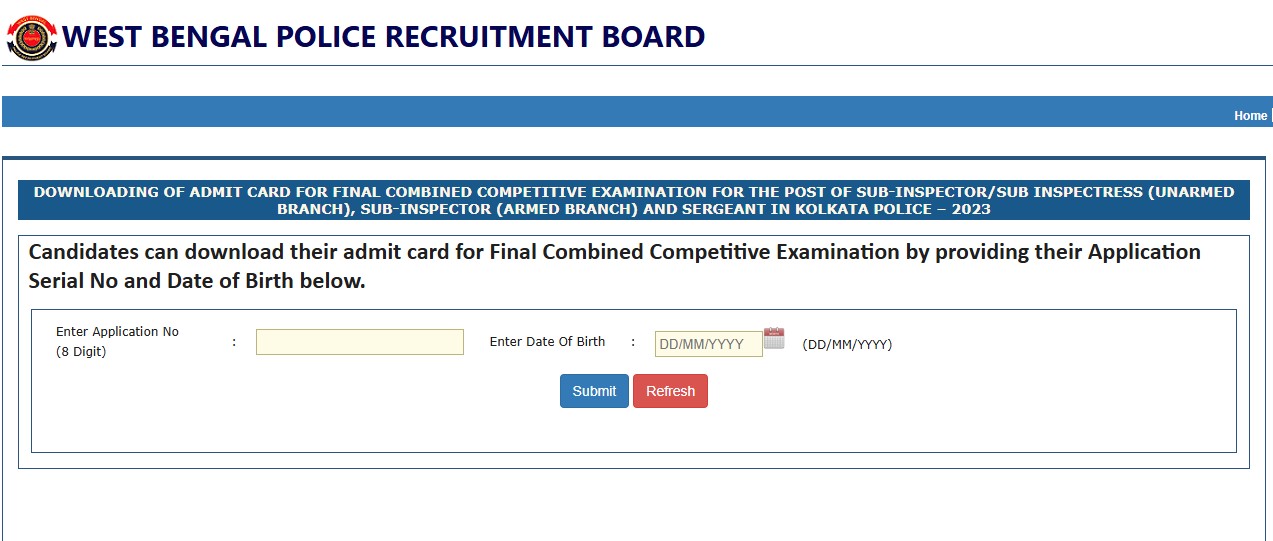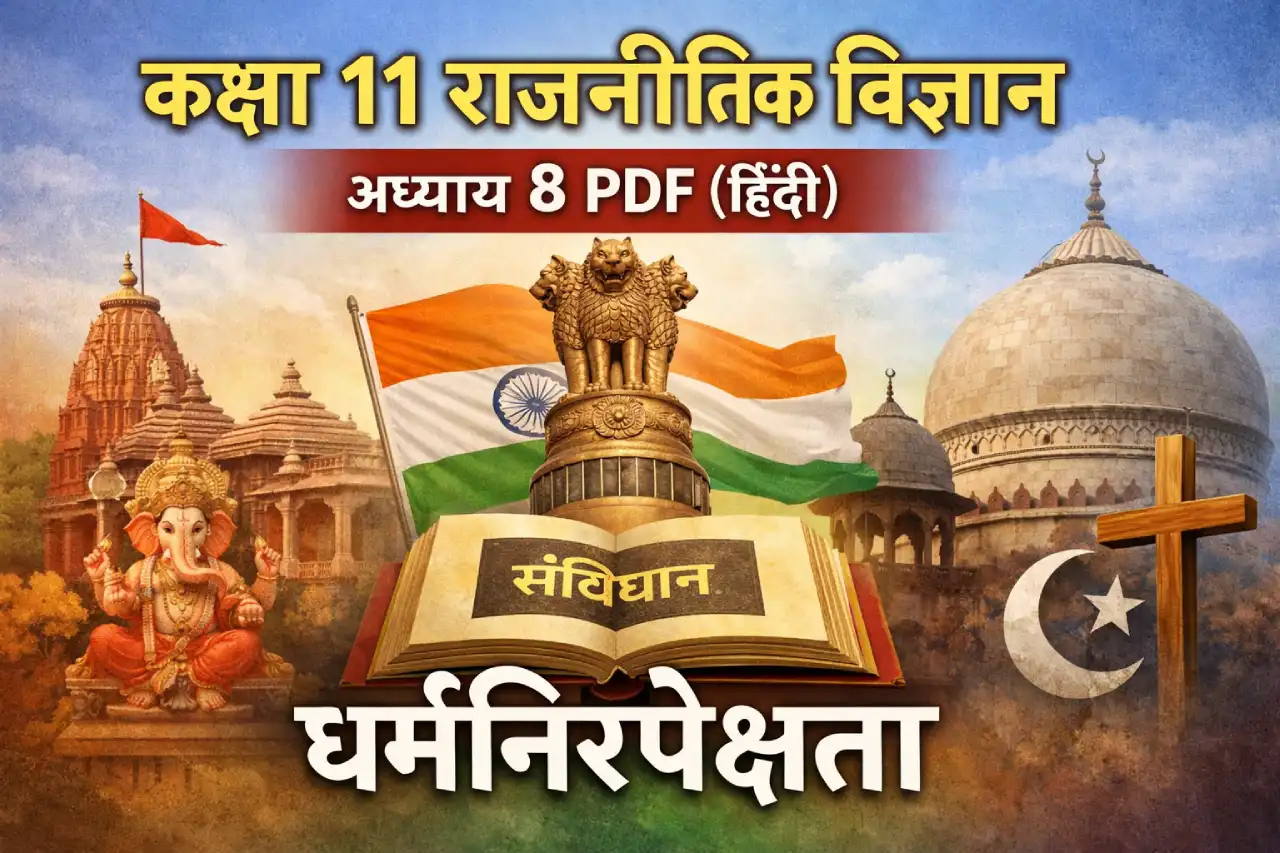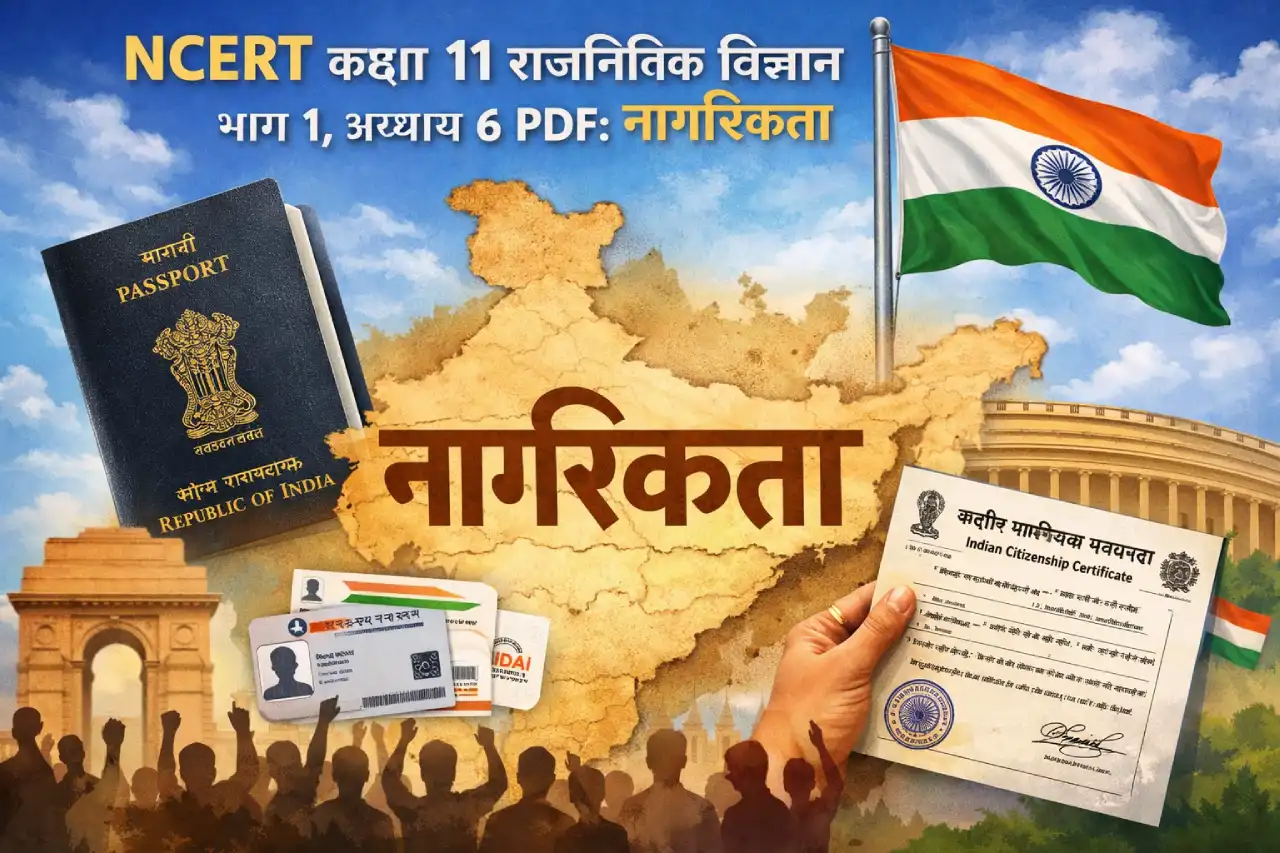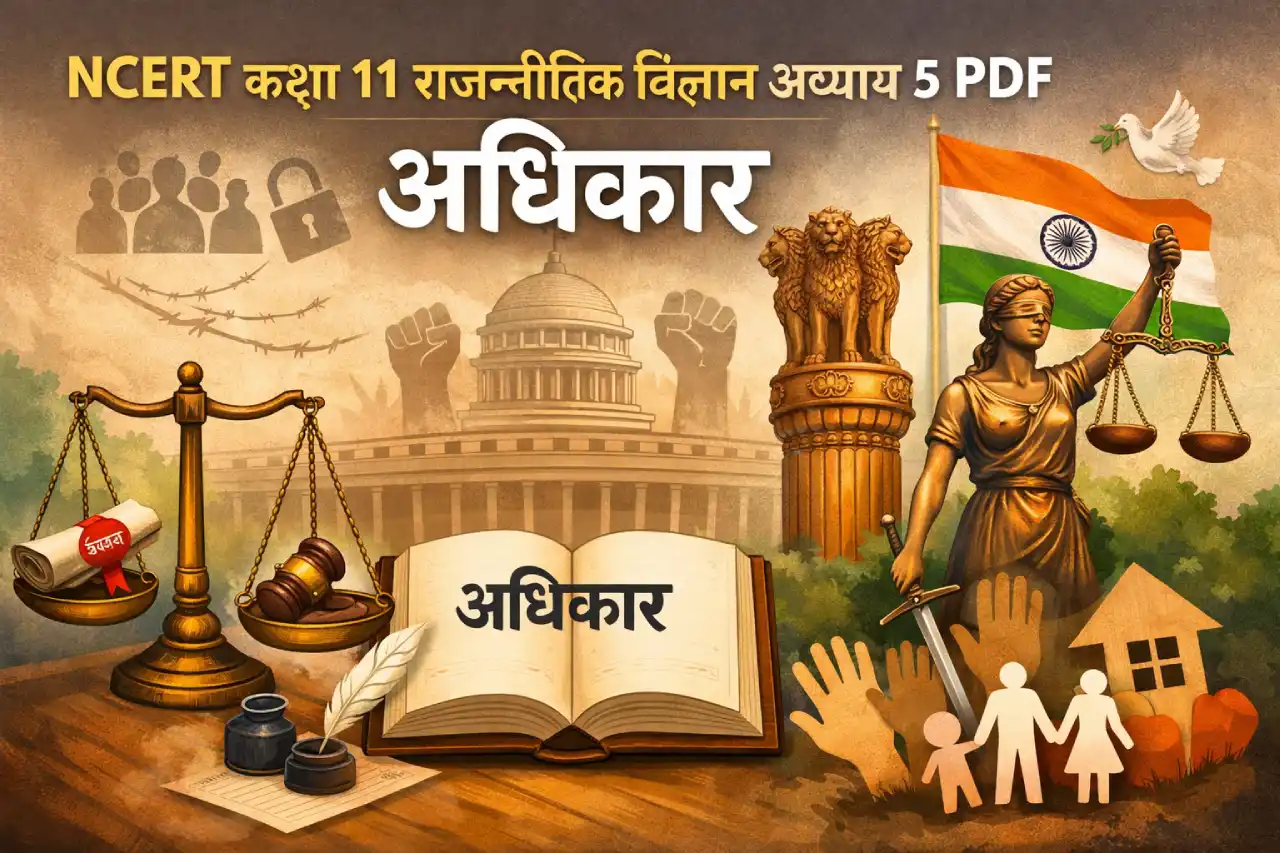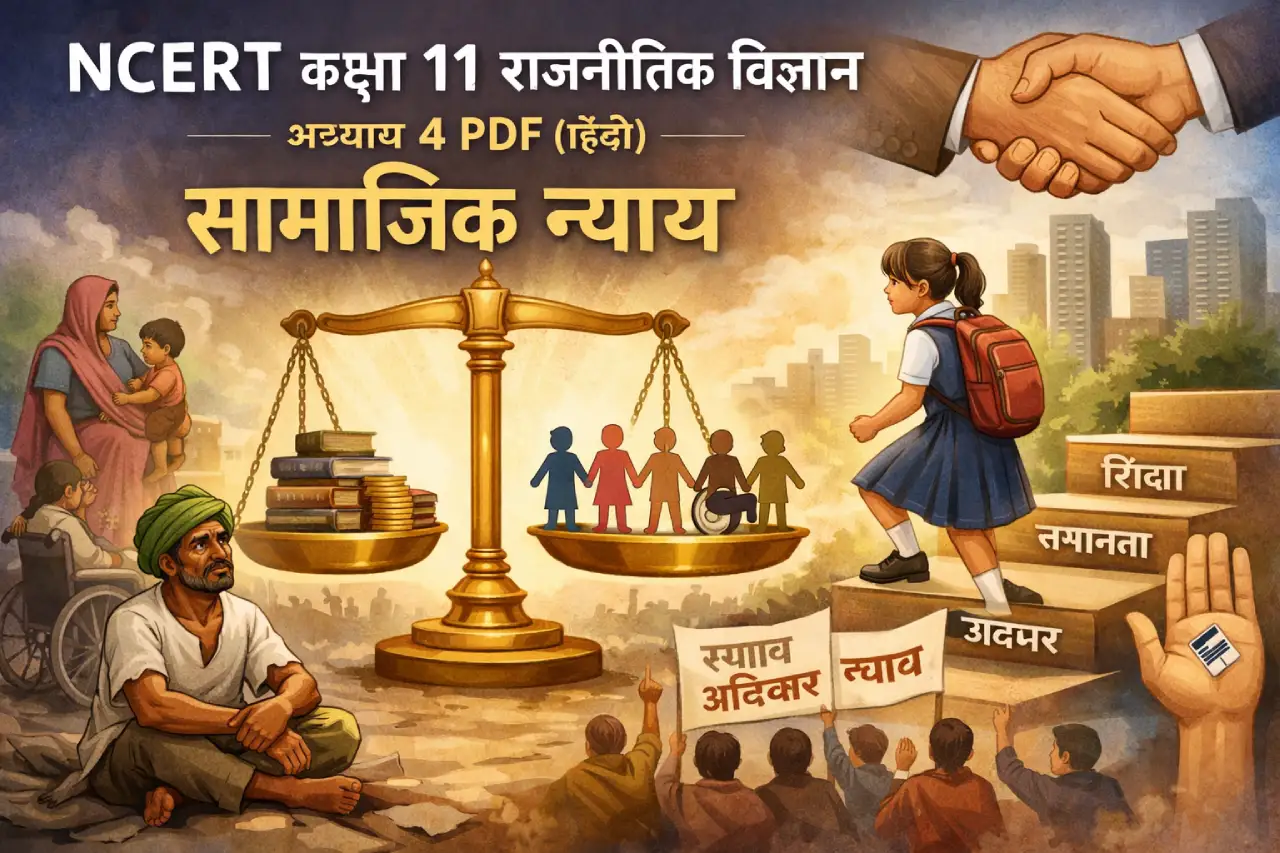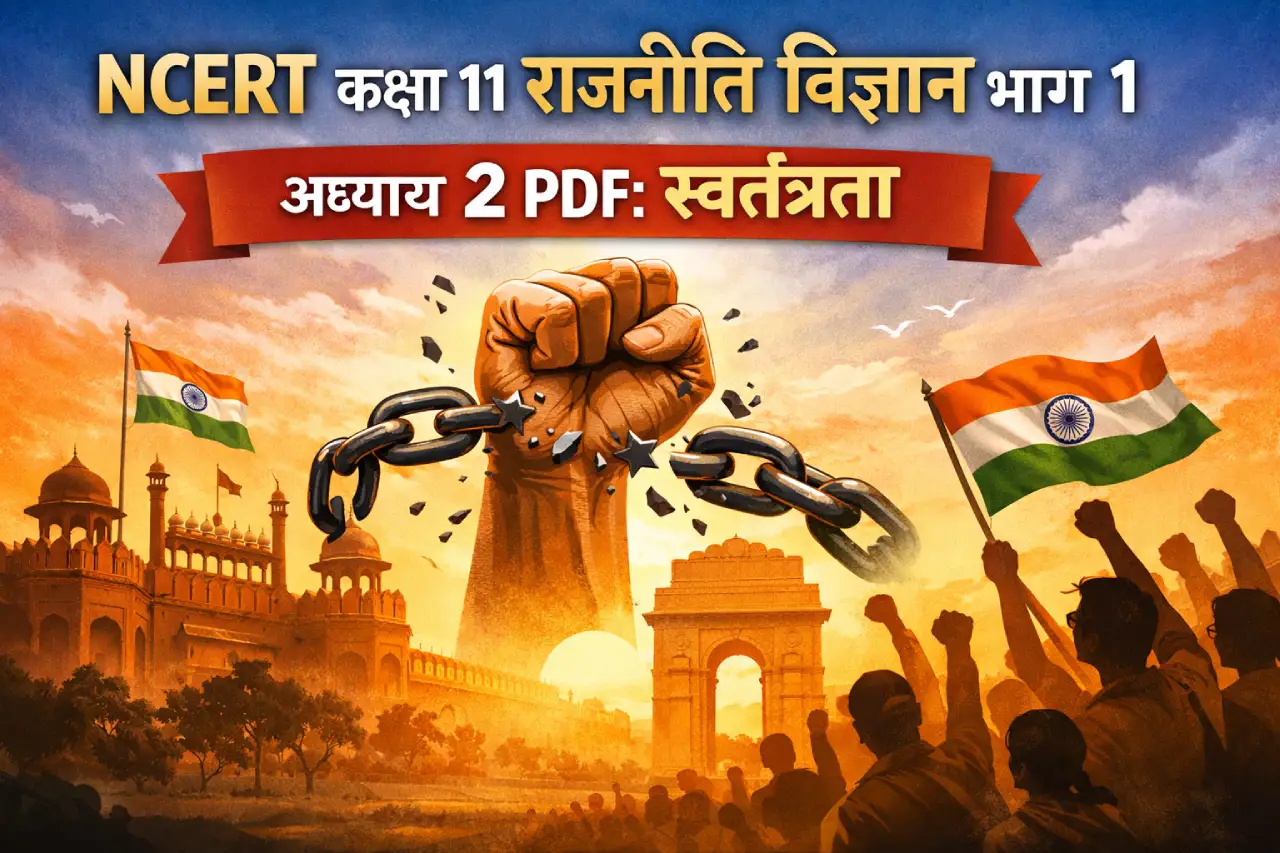Chapter 14 of Class 12 Physics, Semiconductor Electronics: Materials, Devices and Simple Circuits, introduces students to one of the most practical applications of physics – electronics. This chapter explains how semiconductors work and how they are used to create devices like diodes, transistors and logic gates. From understanding the role of silicon and germanium to learning about input-output characteristics of a transistor, this chapter is crucial for both board exams and entrance exams like JEE and NEET.
I’m writing about this topic because semiconductor electronics is no longer just a textbook chapter. It’s a part of everyday life – found in computers, smartphones, TVs, and even basic home appliances. Many students feel nervous about this chapter because it involves circuit diagrams, symbols, and new terms like doping, biasing and rectification. But the truth is, once you grasp the basic working of a PN junction diode or a transistor, the rest of the chapter starts making sense. I want to help students get comfortable with this topic and also provide a direct way to download the official NCERT PDF for regular revision.
Key Concepts in Semiconductor Electronics
This chapter is all about how semiconductors are used to build devices and how these devices form simple electronic circuits.
Types of Materials
- Conductors: Materials like copper and aluminium that allow electric current to flow easily
- Insulators: Materials like wood or plastic that don’t allow current to flow
- Semiconductors: Materials like silicon and germanium whose conductivity lies between conductors and insulators
Intrinsic and Extrinsic Semiconductors
- Intrinsic semiconductors: Pure semiconductors without any impurity
- Extrinsic semiconductors: Doped with impurities to improve conductivity
- n-type: Extra electrons added using elements like phosphorus
- p-type: Holes created by adding elements like boron
PN Junction Diode
- Formed by joining p-type and n-type semiconductors
- Allows current to flow in one direction (forward bias) and blocks it in the other (reverse bias)
- Used in rectifiers (AC to DC conversion)
Zener Diode
- Special diode that works in reverse bias after a certain voltage (called breakdown voltage)
- Used for voltage regulation in power supplies
Transistors
- Made using two PN junctions
- Two types: NPN and PNP
- Acts as a switch or amplifier in circuits
- Has three parts: Emitter, Base and Collector
Logic Gates
- Building blocks of digital circuits
- Use Boolean algebra for binary operations (0 and 1)
- Types: AND, OR, NOT, NAND, NOR
- Used in computers, calculators, and digital watches
Download PDF – NCERT Class 12 Physics Chapter 14
To study or revise Semiconductor Electronics anytime, you can easily download the official NCERT PDF by following these steps:

